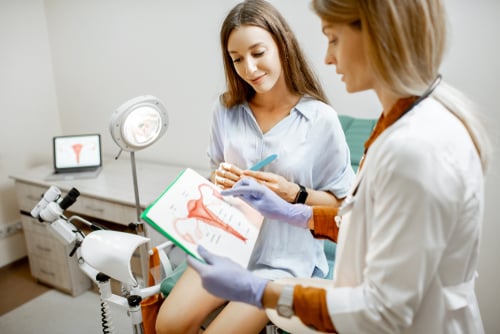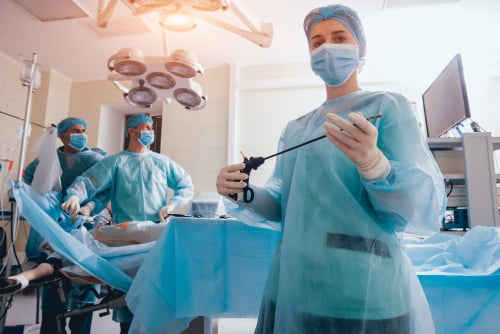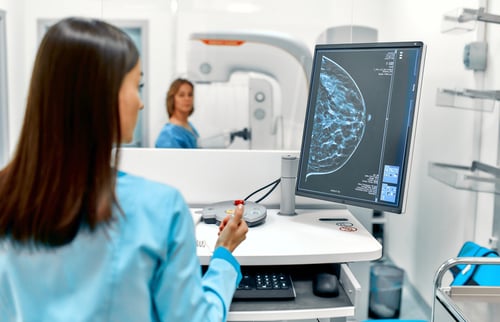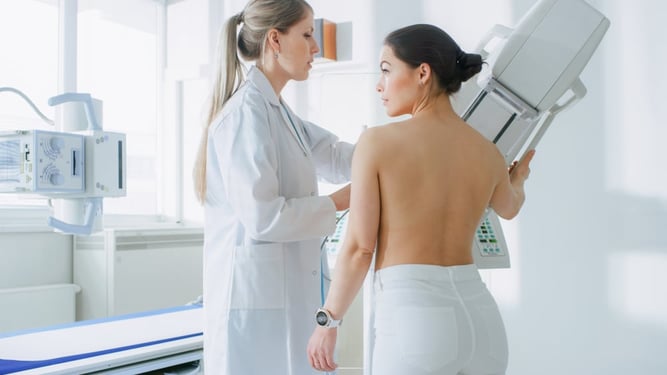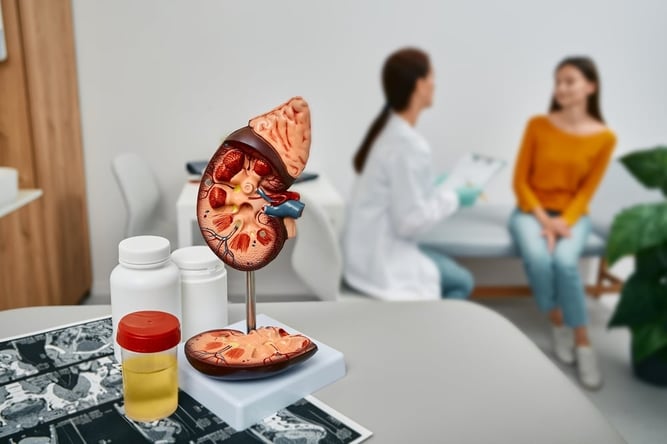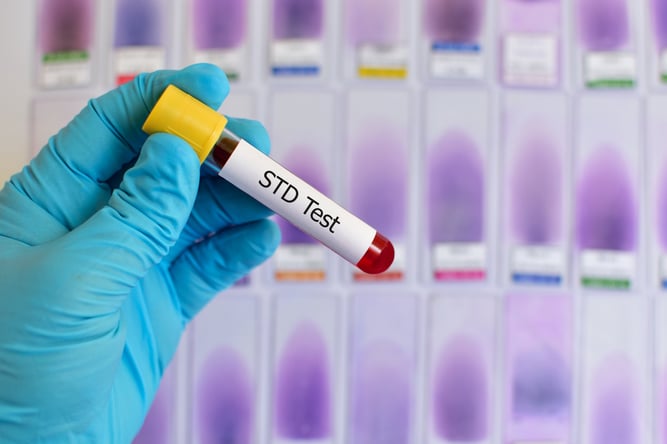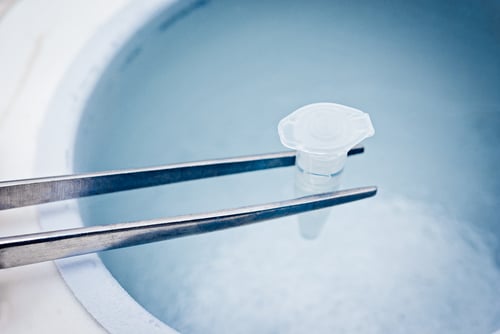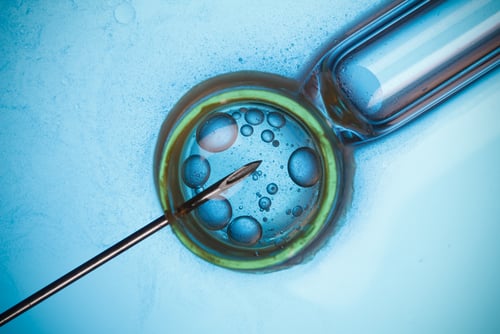Why Breast Ultrasound Is a Vital Part of Women’s Health Care
Discover why breast ultrasounds are a crucial part of proactive women’s health care. Learn how this safe, non-invasive screening tool helps detect abnormalities early, complements mammograms, and supports better outcomes—especially for women with dense breast tissue or higher risk factors. Prioritize your health with informed screening choices.

When it comes to safeguarding your health, early detection remains the cornerstone of effective treatment—and breast ultrasounds are one of the most valuable tools in that effort. Whether used alongside routine mammograms or as a follow-up to a physical exam, breast ultrasounds provide detailed insights that can help detect issues before they become serious.
A breast ultrasound is a non-invasive, painless imaging technique that uses sound waves to create real-time images of the breast tissue. Unlike mammograms, which rely on X-rays, ultrasounds offer a radiation-free alternative that’s especially beneficial for certain women, including those with dense breast tissue or younger patients where mammograms may be less effective.
Why Is a Breast Ultrasound Needed?
Breast ultrasounds are often recommended as part of a comprehensive approach to cancer screening and breast health monitoring. Here’s why they are so important:
- Early Detection of Abnormalities:
Ultrasounds can detect cysts, solid masses, or other irregularities that may not be felt during a physical exam or may not be clearly visible on a mammogram.
- Complementary to Mammograms:
For women with dense breast tissue, mammograms alone may not provide enough detail. Ultrasound offers a clearer look, ensuring nothing is missed.
- Guidance for Biopsies:
If a suspicious area is found, a breast ultrasound can help guide needle biopsies with precision, improving diagnostic accuracy.
- Monitoring Benign Conditions:
Not every lump or mass is cancerous. Ultrasound allows healthcare providers to safely monitor benign breast conditions over time without unnecessary interventions.
How Often Should You Get Screened?
While general screening guidelines suggest starting mammograms at age 40 (or earlier for high-risk individuals), the frequency and type of imaging—like breast ultrasounds—should be tailored to your unique health profile.
Factors that influence your screening schedule include:
- Family history of breast cancer
- Personal medical history
- Genetic predispositions (such as BRCA mutations)
- Breast density
- Any current symptoms or concerns
Your healthcare provider may recommend more frequent screenings or additional imaging if you're considered at higher risk. Breast ultrasounds can be performed at any age, making them an essential option for younger women who may not yet qualify for routine mammograms but still need evaluation.
The Power of Proactive Care
Too often, women delay screenings due to fear, busy schedules, or the misconception that they aren’t at risk. But breast cancer doesn’t wait—and neither should you. Regular screenings, including breast ultrasounds when appropriate, empower you to take control of your health.
Early detection not only saves lives but can also lead to:
- Less aggressive treatments
- Better long-term outcomes
- Greater peace of mind
Take Charge of Your Breast Health Today
Your health is too important to leave to chance. Whether you’re due for a routine check or have specific concerns, ask your provider about incorporating breast ultrasounds into your care plan.
Remember—screening is not just about finding problems; it’s about ensuring continued health and catching potential issues when they’re most treatable. Prioritize yourself, stay informed, and don’t hesitate to schedule that appointment.

